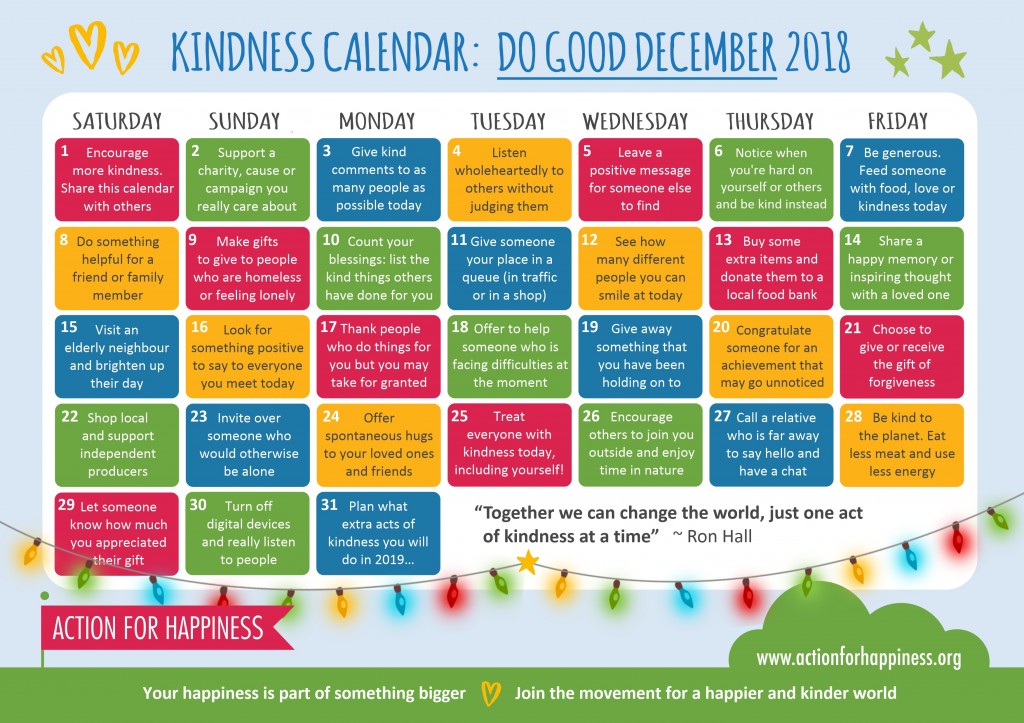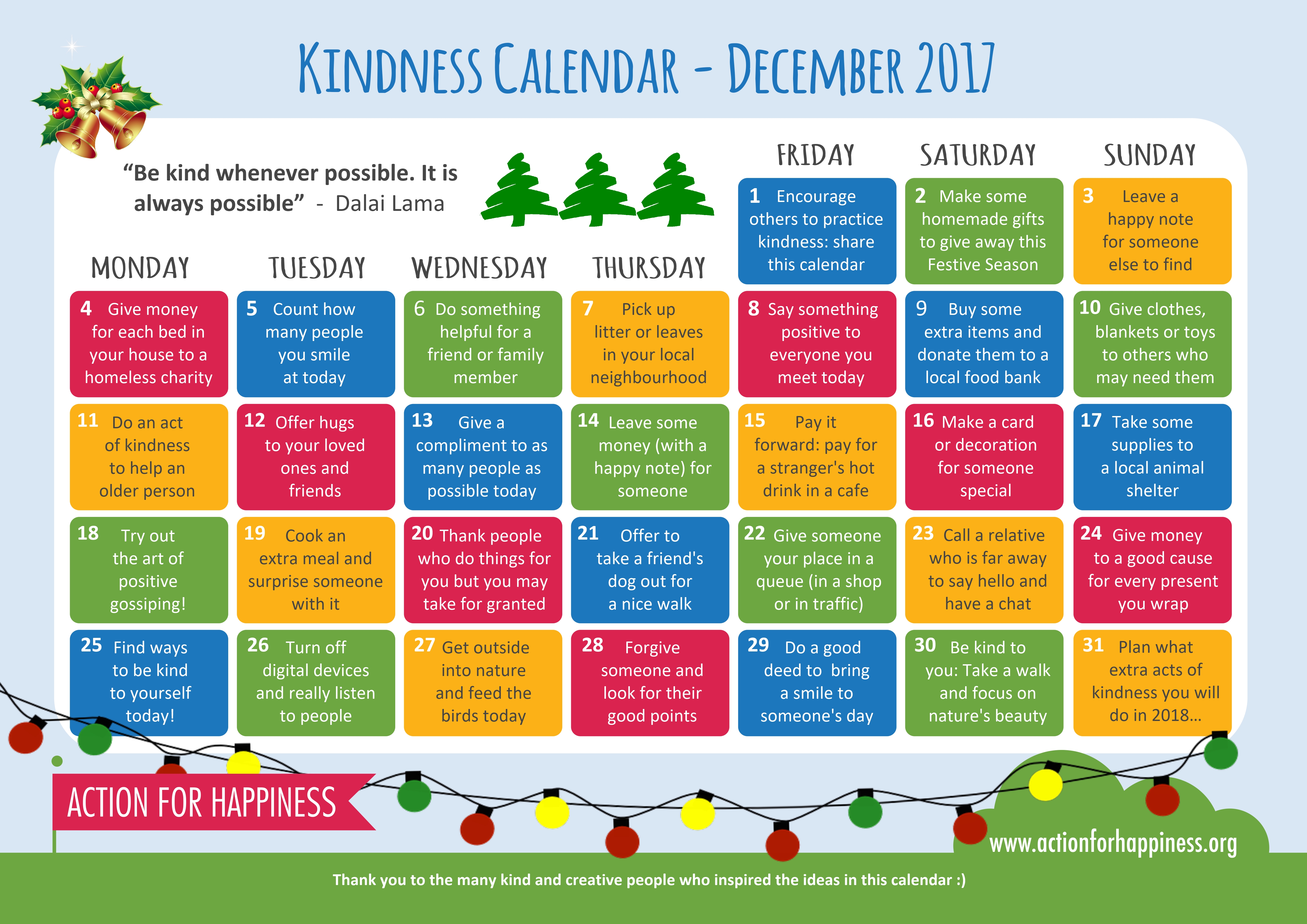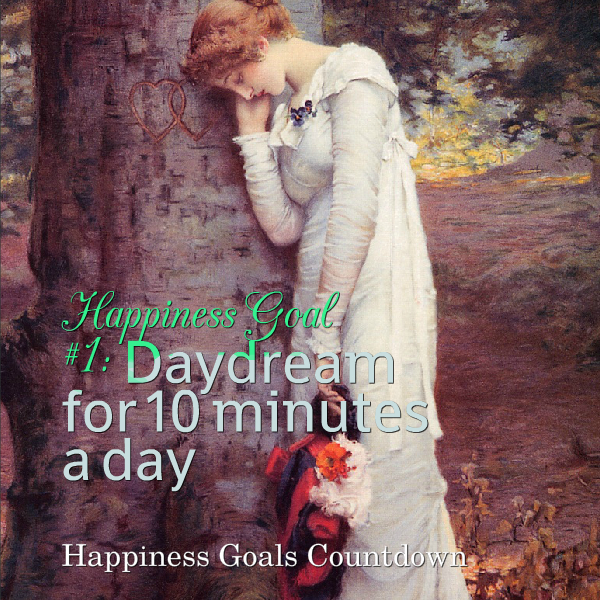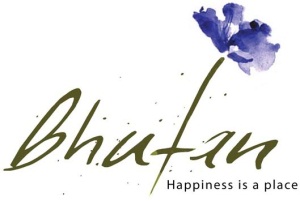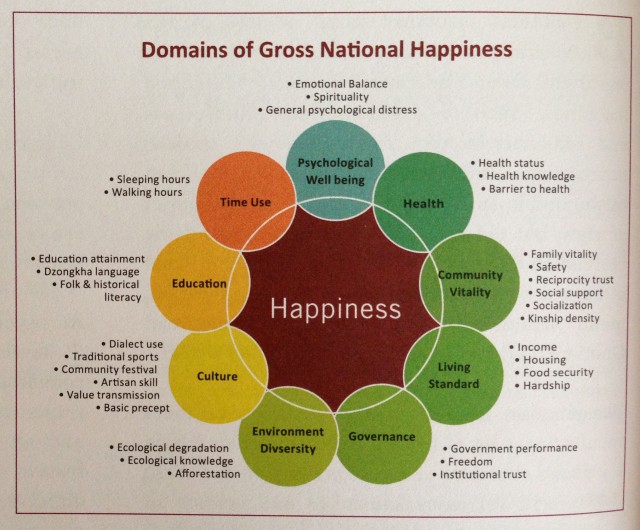Life is a trap.
When you’re young, you’ve time and energy, but no money.
When you’re an adult, you’ve money and energy, but no time.
And in old age, you’ve finally have both money and time – but then your energy is gone.
At least, that’s how the online joke has it. Laughs aside, it also triggers an interesting question: what is the happiest stage of our life?
The age of happiness
The website Hospice End of Life Care is convinced there is. They collected data from various surveys (and kindly shared them in the neat infographic below!) showing that old age isn’t as gloomy as one might think. Beyond the cliches about lonely and depressed grandpa, the elderly often have lower levels of stress. They perform better on well-being indicators such as healthy eating and being energised from social contacts. And they’re even more confident about their looks!
One could cynically think: by the time you’re 70 or 80, you’re happy to be still around. Happiness scientists indeed are quite certain about the correlation of happiness and longevity. For instance, a 2015 study in the United States found that happy people tend to live longer. Compared to ‘very happy’ people, both people who consider themselves ‘pretty happy’ (+6%) and ‘not happy’ (+14%) had higher risks of death in the reference period.
Life expectancy is rising, and the share of the population above 65 grows ever larger. In the United States (15%, relatively low for the Western world), Germany (21%), and Japan (27%), over 65s represent an increasingly large share. So, the sample of over 65s grow and grow, and these figures are average across a wide range of values.
Are all older people happier?
It is not as simple as saying that all older people are happier everywhere around. In some geographies, that is indeed the case: people tend to be happy in their 20s, go down a bit in their 30s, 40s, and 50s, before picking up again in their 60s and 70s, resulting in a kind of U-shape.
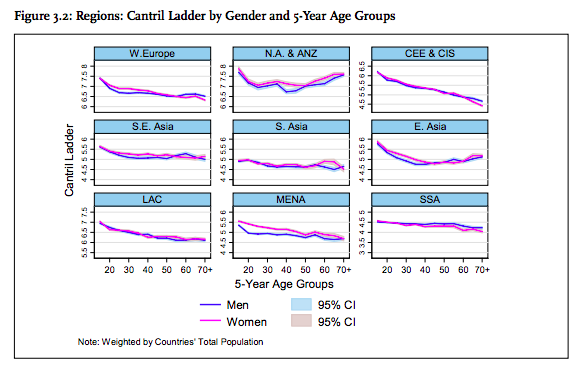
However, their infographic at the end of the post uses American survey data. Globally, the US is a bit a different beast then many other countries. The World Happiness Report of 2015 studied the matter in some detail, as shown in the image just above. While the U-shape appears both across the North America and Australia/New Zealand (NANZ) region and East Asia, these are the exceptions worldwide.
In all other regions, happiness either stabilises at some point between people’s 30s and 50s, or continues to reduce. The reduction effect is strongest in the Central and Eastern Europe and former Commonwealth of Independent States (CEE & CIS in the graph).
Less stress and better rested
That, however, is not the full story. On some indicators for the positive emotions that underly happiness, older people seem to perform better, even where they are not among the happiest groups overall.
For instance, in many world regions they tend to smile and laugh more than other people. In old age, depression and especially stress levels fall far below their peak, around middle age. And in many regions, the elderly are among the best rested groups! Maybe those low energy levels are a just a myth, and we do have something to look forward to when growing older.
The full infographic


